SRINAGAR: The Thursday announcement of the rival armies in India and Pakistan ceasing fire on the Line of Control (LoC) was not an ordinary development. It was hailed from across the world leaders and is being seen as the stepping stone for a forward movement between the two neighbours.
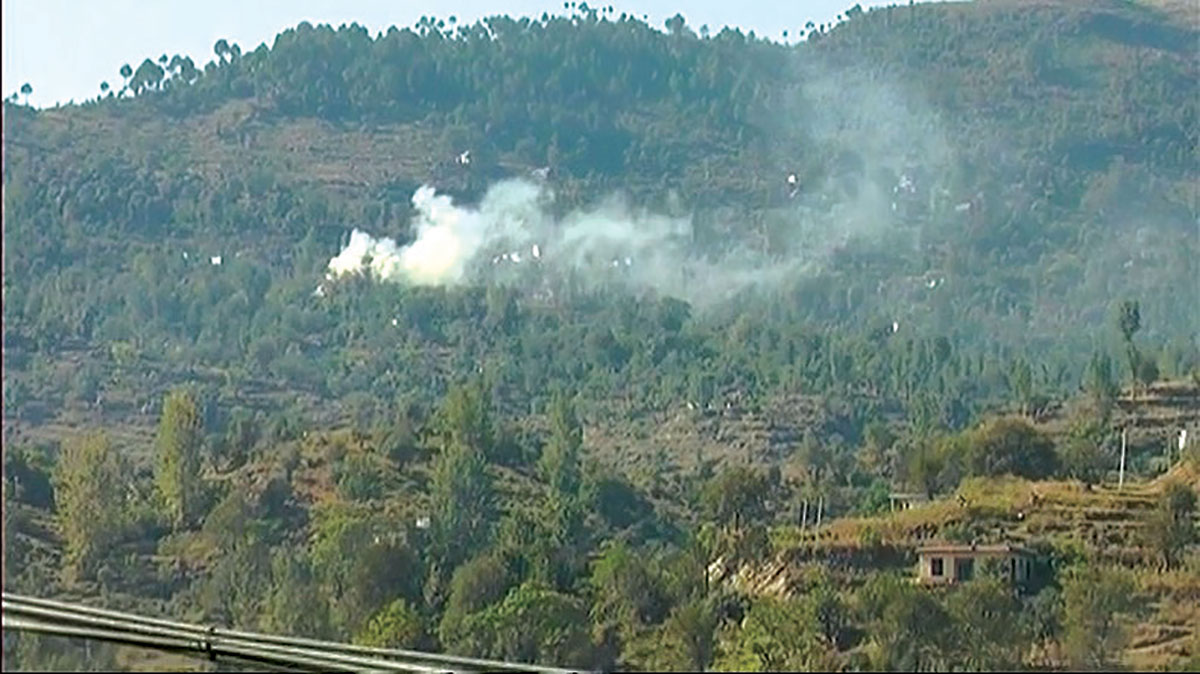
Major newspapers in India, Pakistan and the Gulf region commented on the development. In this column, these newspaper editorials are re-published with a disclaimer that Kashmir Life is not supportive of any claim that these newspapers might have made in their commentary. The idea of the column is to help readers see how the breakthrough was seen by others and how it was commented upon. After all, it is a major development.

Fragile Thaw: India-Pakistan Ceasefire
Perhaps it will do both nations well to abjure optics and concentrate on a beginning by falling back on the framework provided by history
The Telegraph, Kolkata
March 3, 2021
Hellfire can begin to rain on restive borders unexpectedly. But ceasefires — always welcomed by citizens manning or living along heated borders — can be as sudden. The recent joint announcement by the director generals of military operations of India and Pakistan that took political commentators by surprise is a case in point. Yet, as always, nothing happens without a reason in the world of bilateral engagement. There is speculation that in spite of New Delhi’s stubborn refusal to engage with Islamabad politically, India’s hand has been forced by the prolonged border tensions with China, a far more formidable adversary, so as to avert, if only for the time being, the worrying possible of hostility on two fronts. Pakistan, too, is a cornered nation today. A thaw in its relationship with India, Pakistan will be hoping, would enable it to find its way out of the dreaded ‘grey list’ of the Financial Action Task Force. There is also the long arm of the United States of America; under a new president, the US could well be pushing for an easing of the fractious ties between India and Pakistan so that it can devote its energies, with its allies in Asia, towards countering China.
Yet, for the ceasefire to yield tangible political results, both countries would need to tame significant opponents to peace. It appears that Pakistan’s army chief, Qamar Javed Bajwa, is invested in this initiative. But the army and the political establishment in Pakistan seldom act in unison: they would have to do so to avoid abusing India’s trust as Pakistan has done on numerous occasions with covert or overt aggression. The Indian prime minister — he is said to have a weakness for unconventional approaches — would also find himself constrained by his regime’s robust refusal to fall back on diplomacy to break the ice in all these years. Perhaps it will do both nations well to abjure optics and concentrate on a beginning by falling back on the framework provided by history — in 2004, Pervez Musharraf and Atal Bihari Vajpayee had agreed that negotiations on peace must be supported by a scaffold of three principal pledges: Pakistan’s assurance not to support cross-border terrorism; India’s willingness to adopt a supple stance on Kashmir; the renewal of a series of confidence-building measures. How New Delhi and Islamabad choose to tread on these ‘core issues’ could determine the way ahead on this occasion too.
India-Pakistan Ceasefire In Kashmir A Welcome Move
Both nations must build on the peace effort towards restarting a broader dialogue process
The Gulf News
February 28, 2021
A thaw in relations between India and Pakistan is the first good political news of 2021 for the subcontinent. For too long Kashmir — the picturesque valley nestled in the Great Himalayas — has been a bone of contention between the two nuclear-armed nations.
With armies of India and Pakistan in an eyeball to ball confrontation at several places across the Line of Control (LoC) in the Kashmir region, fears that a border skirmish can result in a larger conflict always lingers.
Recent announcement by the Indian and Pakistani armies that they had begun adhering to a ceasefire along the LoC (from the midnight of February 24) is a welcome move. There is speculation that the latest development is a result of hectic back-channel parleys and a nudge from the new US administration but whatever the immediate spur, the surprise truce is critical for both nations.
In a measured statement, the White House noted that the latest push is a positive step towards greater peace and stability in South Asia, which is in “our shared interest and we encourage both countries to keep building upon this progress”.
The UAE has also welcome the peace move. In a statement on Sunday, the Ministry of Foreign Affairs and International Cooperation affirmed that the UAE has close historical ties with India and Pakistan and that it commends the efforts of the two countries to reach this achievement. It also stressed that this is an important step towards achieving security, stability and prosperity in the region.
A much-needed respite
Hostility between India and Pakistan over the decades has often resulted in cross-border fire and violence. While there have been peace efforts by subsequent governments in both nations, peace has often been fragile and elusive. The latest ceasefire gives both nations a much-needed respite.
It gives the Indian army space to recoup after a hostile 2020 in which India sparred with China along the Sino-Indian border, including near the Pangong Lake in Ladakh. Pakistan will also get a respite at a time when its economy is not doing well because of the pandemic.
The move also has the scope to bring about a meaningful change to the people of Kashmir who are at the heart of this conflict. Previous border stand-offs and fighting has resulted in loss of lives, livelihood, infrastructure, and the displacement for many.
Both India and Pakistan must build on the latest peace effort towards restarting a broader dialogue process and solve all impending issues.

For An India-Pakistan Ceasefire To Hold, Every Gesture Matters
The National, UAE
February 28, 2021
This month, a five-second Instagram video produced by a 19-year-old woman in Pakistan went viral. In the video, Dananeer Mobin points the camera to her friends as they listen to music and dance while their car is pulled over on the side of a mountain road, with Ms Mobin saying to the viewer in Urdu: “This is our car, this is us, and this is our party.”
Her pronunciation of the word “party” as “pawry” is deliberate – an imitation of elite Pakistanis educated abroad who speak with foreign accents. Urdu and Hindi are mutually intelligible, so Ms Mobin’s video resonated with many not just in her home country, but in neighbouring India, too, where it has racked up millions of views, spawning copycat videos from Indian police departments and Bollywood celebrities alike.
“India and Pakistan are two nations with one soul,” goes an old but oft-repeated cliché. And yet, as much as their history is shared, their present is bitterly divided.
After two years of escalating tensions between the two countries, Ms Mobin inadvertently reminded Indians and Pakistanis how easy it can be for them to share a laugh.
The most recent escalation in tensions on the subcontinent began in February 2019, when India blamed Pakistan-sponsored militants for the deaths of 44 soldiers in Indian-administered Kashmir, a disputed area. Six months later, New Delhi revoked Kashmir’s autonomous status, provoking anger in Islamabad and a threat to merge Gilgit-Baltistan – a neighbouring disputed area – with the rest of Pakistan. Various clashes since then have resulted in dozens of casualties, including civilian ones, being reported by both sides.
On Friday, however, the two countries’ militaries began a mutually agreed total ceasefire. In reality, it is the restoration of a previous one signed in 2003, though after so many years it appears a fresh start. The ceasefire would bring much-needed relief to ordinary Kashmiris who have spent nearly a generation caught in the crossfire. It potentially also represents an important first step towards a normalisation of ties.
But India and Pakistan, it must be mentioned, have been here before. Short periods of peace have often been disrupted by long durations of cross-border fire and violence in the border areas. Indeed, over the past two years, almost 11,000 ceasefire violations have been reported. Trust is at an all-time low.
To bring long-term peace to the Kashmir valley and build a sustainable relationship, the two governments must focus on taking small steps rather than giant strides.
New Delhi insists on putting the issue of what it sees as Pakistan-sponsored terrorism on the table. Islamabad, meanwhile, wants to discuss the future of Kashmir. Talks have stalled with neither government ready to accept the other side’s demand. Rather than digging their heels, however, they could be talking about issues that are more easily resolved. This is important, especially with both countries experiencing economic headwinds and trouble in other border areas: along the Line of Actual Control between India and China and the Durand Line separating Pakistan and Afghanistan.
Beyond it being a feel-good measure, the restoration of trade and cultural exchanges will boost both countries’ pandemic-stricken economies. India, a vaccine-manufacturing hub, could extend its “vaccine diplomacy” – afforded thus far to some neighbours and allies – to Pakistan as well. Much else can be done but will require political will and bold leadership.
A dash of humour, provided by Ms Mobin, brought a sense of fraternity and cheer to millions of Indians and Pakistanis, even if it was for a fleeting moment. The task ahead for their officials is to somehow turn such fleeting moments into something more lasting and permanent.

The India-Pakistan Thaw
The sudden announcement of the Indian and Pakistani armies recommitting themselves to the frayed 2003 ceasefire agreement on the Line of Control (LoC) in Jammu and Kashmir (J&K) took many by surprise in New Delhi and Islamabad, especially as it came at a time when both countries have shown no signs of being able to agree on anything
Hindustan Times, Delhi
February 27, 2021
The sudden announcement of the Indian and Pakistani armies re-committing themselves to the frayed 2003 ceasefire agreement on the Line of Control (LoC) in Jammu and Kashmir (J&K) took many by surprise in New Delhi and Islamabad, especially as it came at a time when both countries have shown no signs of being able to agree on anything. It is also clear the decision to strictly adhere to the truce and address core concerns of both sides was not the outcome of a solitary call between the Directors General of Military Operations — such a move would have required considerable preparation and more than a single conversation.
There has, therefore, been much speculation about back-channel talks, and Pakistan’s de facto national security adviser Moeed Yusuf acknowledged in an audio statement that there were “behind the scenes” contacts and more roads would open in the coming days (although Mr Yusuf later denied reports of direct contacts with his Indian counterpart).
It is not unknown for even this Indian government, which has taken one of the strongest positions on Pakistan in recent decades, to engage in secret talks with the Pakistani side. After all, National Security Adviser Ajit Doval did met his then Pakistani counterpart in Thailand in 2018, paving the way for a limited engagement that ended due to the Pulwama terror attack, Balakot strikes and, subsequently, the change in Jammu and Kashmir’s special status in 2019.
The top-most echelons of Indian leadership would have signed off on a decision as significant as the one to reinforce the LoC ceasefire. For India, any reduction of tensions on the LoC will allow the security establishment space and time to devote its energies more fully to a more pressing issue – the standoff on the Line of Actual Control.
On the Pakistani side, the buzz is that the move is largely the handiwork of a small group that includes Pakistan Army chief Gen Qamar Bajwa, who has spoken twice this month of peaceful relations with all neighbours and the resolution of the Kashmir issue, and Mr Yusuf. Pakistan gets a respite at a time when its economy is battered, and also gets to be perceived as a reasonable player when it needs to make a new beginning with the Joe Biden administration. But if the thaw is governed merely by tactical considerations, the bilateral relationship won’t go far. Both India and Pakistan will now have to display greater sagacity and clear thinking for the strategic path they wish to chart, a pre-requisite of which is clear action on terror by Pakistan.
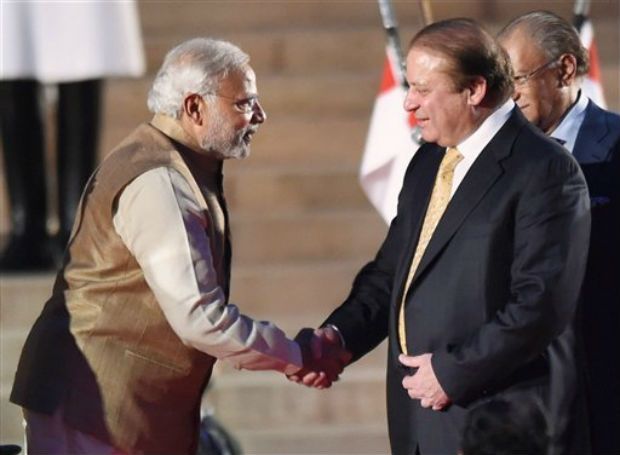
Delhi & Islamabad
Decision to recommit to 2003 ceasefire opens possibilities that must be carefully built upon, not lost, by both countries.
The Indian Express, Delhi
February 27, 2021
India and Pakistan’s joint re-commitment to the 2003 ceasefire, through an agreement to “strictly observe” the truce along the Line of Control and all other sectors “in the interest of achieving mutually beneficial and sustainable peace along the borders”, is a significant moment. The 2003 truce had all but evaporated, with 2020 seeing over 5,000 violations by Pakistan, and several deaths of civilians. Indian retaliation resulted in deaths across the line too.
The freeze in relations — the two sides have had little substantive contact since the 2008 Mumbai terrorist attacks, and efforts by the Modi government to restart dialogue with the Pakistani leadership were also scuppered by the attack at the Pathankot air base — played its part in heating up the LoC. The agreement may be a military-to-military decision to cut losses on both sides. But it is also hard to imagine that the militaries, especially on the Indian side, could have signed off on this agreement without political direction.
After India revoked the special status of Jammu & Kashmir, and bifurcated it into two Union Territories in August 2019, Pakistan reiterated that its pre-condition for a dialogue was a roll back of the decisions on Kashmir. It is unclear if the agreement to adhere to the ceasefire means that Pakistan has revised its stand. But at the very least, it may contribute to an improvement of the security situation on the ground in Kashmir. Delhi has often alleged that many of the ceasefire violations were aimed at providing cover to infiltrating militants. Infiltration attempts may now drop, and go some way in meeting a key Indian demand on cross-border terrorism.
The agreement comes at a crucial time for both India and Pakistan. The new Biden Administration in Washington has also taken ownership of the de-escalation, saying its officials had been asking that India and Pakistan cool off at the LoC.
Certainly, it gives Pakistan a breather on its eastern front at a time when it is keen to be seen as making sincere efforts to help the US arrive at a positive outcome in Afghanistan. For India, despite the disengagement with the Chinese Army at two friction points in eastern Ladakh, the resolution of other issues remains a work in progress, as evidenced by the conversation between External Affairs Minister S Jaishankar and his Chinese counterpart Wang Yi. Now, the de-escalation at the LoC sends out a larger signal: That rather than tailor its own responses to the much predicted two-front war, Delhi would like to de-couple its ties with Pakistan and China, dealing with each separately.
If the new resolve on the ceasefire holds, several low hanging fruit are available to further improve the atmosphere between the two countries, including the restoration of full strength diplomatic missions on both sides. But India and Pakistan have been on the cusp of a new dawn several times in the past only for the moment to slide into darkness. Indian security agencies, in Kashmir and elsewhere in the country, must be on their highest guard against spoiler attempts.
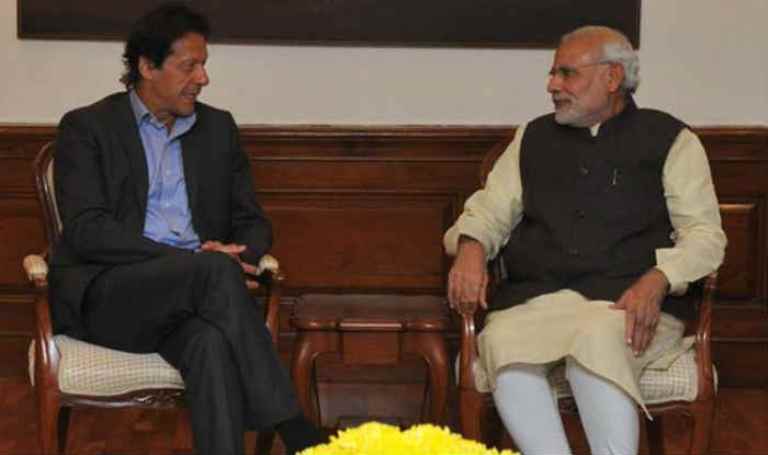
LoC Truce Deal
The agreement shows the importance of keeping lines of communication open even when relations are tense
The Express Tribune, Karachi
February 27, 2021
In a positive development as regards the eastern border, Pakistan and India have agreed to a ceasefire. A joint statement issued on Thursday credited the Directors General of Military Operations of the two countries with reaching the deal. The statement says that both sides will work to strictly observe all existing agreements and understandings relating to the Line of Control in Kashmir and the established border.
The deal was long-awaited. According to ISPR, there have been over 13,500 ceasefire violations since 2003 which have cost 310 civilian lives and led to over 1,600 injured. Those numbers have spiked since 2014, with 92 per cent of the casualties occurring since then. That is not a coincidence. The far-right government of Indian Prime Minister Narendra Modi was first elected in 2014. Since taking power, Modi has repeatedly rebuffed efforts to resolve any disputes with Pakistan and has instead tried to blame all of his own governance failures on Islamabad.
Even though casualty numbers fell after 2018 — the peak year — total violations actually went up in 2019, and the only reason they fell remarkably in 2020 was the Covid-19 pandemic. But despite the pandemic, India still committed more than 2,900 ceasefire violations in 2020, resulting in the martyrdom of at least 33 civilians and injuries to 260 others. One of those ceasefire violations even targeted UN military observers. Still, the agreement is a win for both countries and shows the importance of keeping lines of communication open even when relations are tense.
One unusual development, however, was the outright denial that any government-level backchannel diplomacy was involved in reaching the ceasefire. While many countries will downplay or refuse to confirm if backchannel talks were involved in any diplomatic or military agreements, it was odd how hotline talks between the DGMOs were repeatedly emphasised by the government and reports of backchannel talks were continually denied.
Some may actually see it as concerning because the denial implies that backchannel talks are either not yielding any fruit or, even worse, are not even being attempted. This is because any eventual permanent resolution of the Kashmir issue would be diplomatic, rather than military.
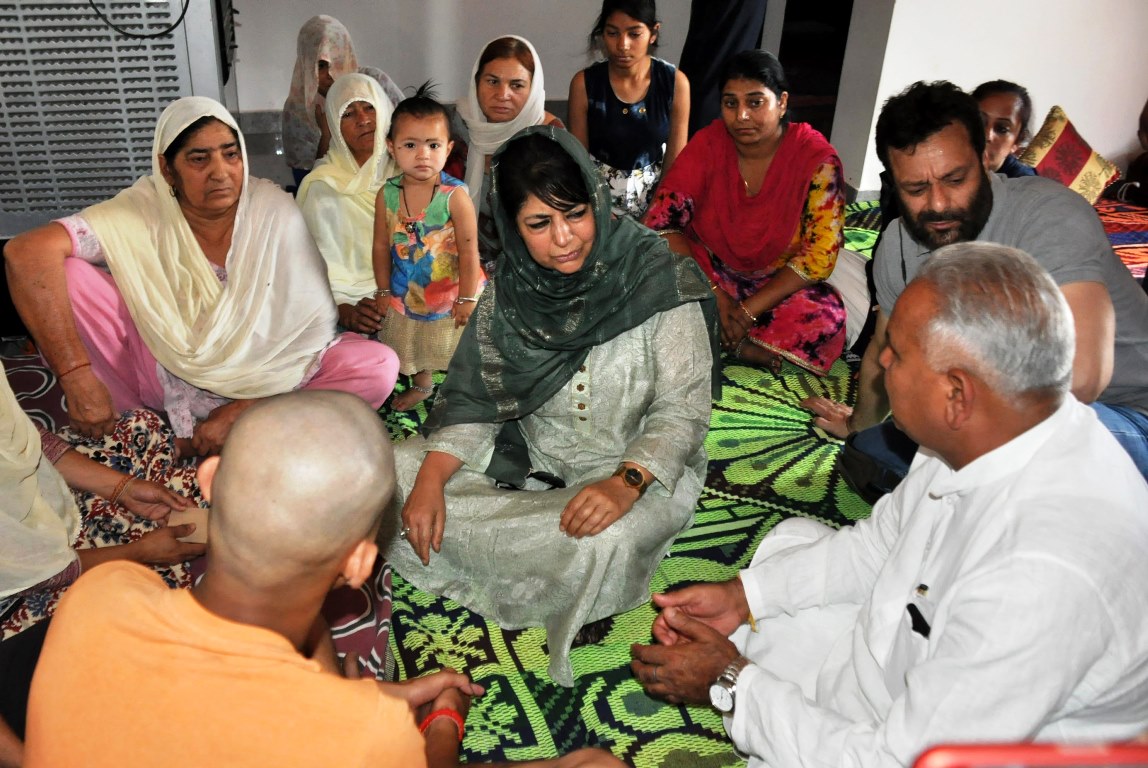
LoC Ceasefire
Dawn, Islamabad
February 27, 2021
The Pakistan-India relationship is known for its complexity and bitterness, but there are times when surprises of a more positive kind are sprung. The recent decision by both militaries to honour the 2003 ceasefire along the LoC certainly qualifies as a pleasant surprise, considering the acrimony that has marked relations of recent.
In a joint statement released after hotline contact between the respective directors general military operations, “both sides agreed for strict observance of all agreements … along the LoC and all other sectors”. Considering that two years ago on this date both nuclear-armed rivals were at the brink of war, this is a welcome development. Moreover, too many innocent lives have been lost in cross-border shelling and ceasefire violations last year.
The move has not gone unnoticed, with the US State Department spokesman welcoming the move and encouraging continued “efforts to improve communication between the two sides”. Washington has also urged Islamabad and New Delhi to hold direct parleys on Kashmir.
It is difficult to say in concrete terms whether this development is the result of bilateral backchannel contacts between Pakistan and India, or if the new US administration has ‘nudged’ both actors to try and resolve their differences. Regardless of the impetus, the fact that both sides are talking instead of facing off at the border heralds a welcome change in the region, especially if the bellicosity that was emerging from New Delhi not too long ago is remembered.
And while the statement covers purely military matters along the LoC, buried within it are the seeds of normalisation, should both sides — particularly India — wish to pursue de-confliction. The “DGMOs agreed to address each other’s core issues/concerns which have propensity to disturb peace and lead to violence”, the statement says. Of course, from Pakistan’s perspective Kashmir is the core issue, and it is hoped that this and other irritants to peace are eventually addressed in a frank and progressive manner by both sides.
However, no one should be under the illusion that the bitterness afflicting bilateral ties will magically disappear on the basis of one statement. Peace-building is a long and arduous process, and when the relationship is as complex as that of Pakistan and India, things will take time to fall into place. As for external players, if the US is serious about peace in South Asia, it should clearly let New Delhi know that dialogue with Pakistan needs to be continued.
In the short term, the development bodes well for the people living along the LoC, who have paid with their lives due to Indian aggression. In the longer view, if New Delhi genuinely wants peace with Pakistan, it should make efforts towards restarting the dialogue process. Confidence-building measures will be more effective once political temperatures cool and India reviews its disastrous policy in held Kashmir.
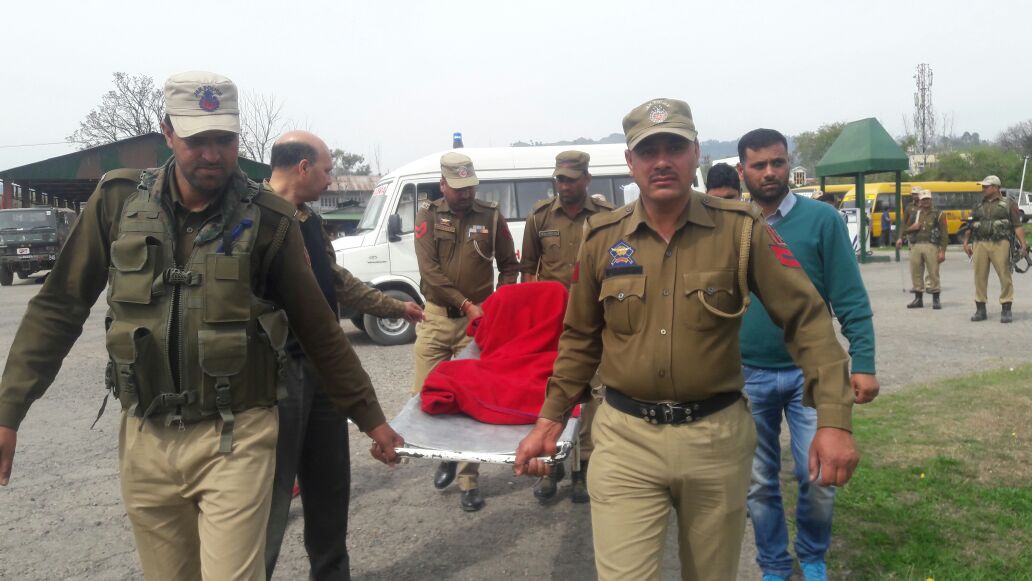
India-Pak Ceasefire
Days after Ladakh withdrawal, hope floats for peace on LoC
The Tribune, Chandigarh
February 27, 2021
Positive developments happening in quick succession have brightened prospects of the restoration of peace and tranquillity along India’s northern as well as western borders. Barely a week after Indian and Chinese troops completed disengagement from the north and south banks of Pangong Tso in Ladakh, which had witnessed a tense standoff lasting more than nine months, the militaries of India and Pakistan have announced to strictly observe all agreements on ceasefire along the Line of Control (LoC) in Jammu and Kashmir and other sectors.
It was in 2003 that the two countries had signed a ceasefire pact, only to make a mockery of it soon after by following it neither in letter nor in spirit. A total of 10,752 cases of ceasefire violations took place along the Indo-Pak border in the past three years, claiming the lives of 72 security personnel and 70 civilians. As many as 4,645 such incidents occurred in 2020 alone.
The relations between India and Pakistan had gone from bad to worse after the February 2019 Pulwama attack in which 40 CRPF personnel were killed. India had retaliated with the Balakot airstrike, targeting terror camps on the neighbour’s territory. Pakistan, in league with China, repeatedly tried to raise the Kashmir issue at the UN last year, but to no avail. Against such a discouraging backdrop, a thaw is most welcome. It goes to the credit of both countries to have kept the military and diplomatic channels of communication open.
The challenge from here on will be to mutually respect the ceasefire pact on the ground. Sustained peace along the LoC could lead to the resumption of trade and tourism, raising the hopes of border states such as Punjab which direly need an economic fillip.
On the Chinese front too, India has made it clear that peace on the border is essential for improving bilateral ties. It is heartening that New Delhi is going all out to ensure two-front peace and build trust with its apparently hostile neighbours. As of now, India can afford to be optimistic, albeit cautiously, even as there is no room to lower its guard.
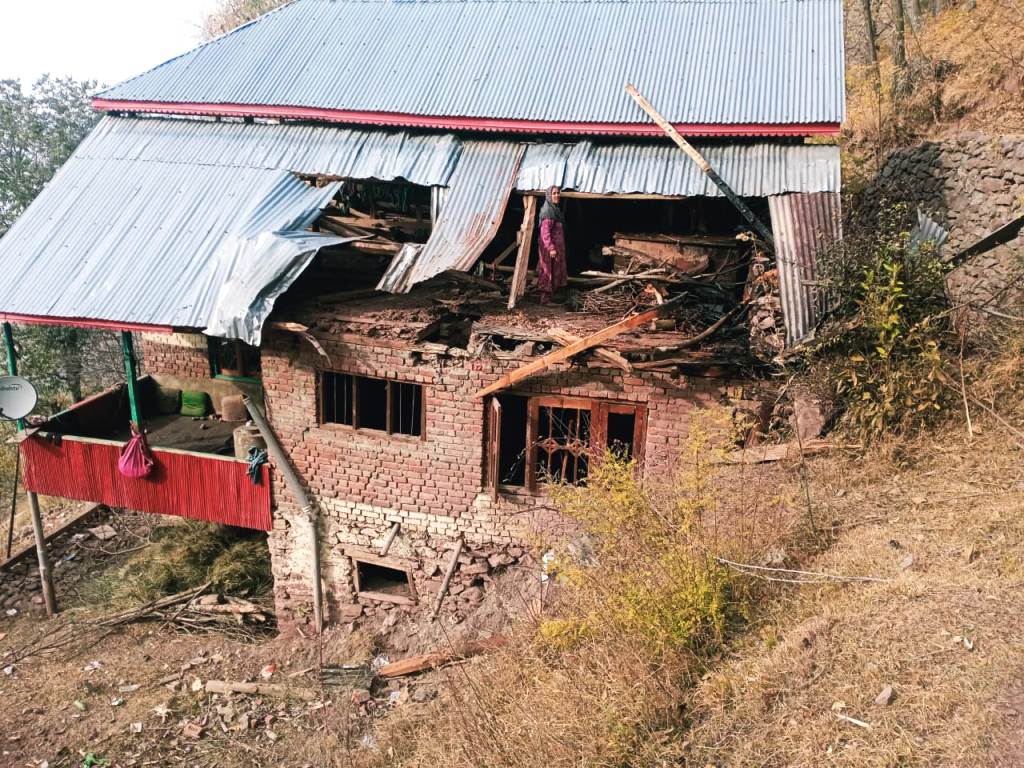
After Ceasefire Agreement: New Delhi Must Continue To Keep Its Guard Up Against Islamabad-Sponsored Terrorism
The Times of India
February 26, 2021
India and Pakistan have agreed to observe a fresh ceasefire after a particularly violent 2020. Cross-border firing last year broke all records since the last 18 years, causing much distress to populations living along the LoC and the international border in Jammu & Kashmir. In fact, ceasefire violations from Pakistan had started spiking in 2019 after the Balakot surgical strike by India and New Delhi’s nullification of Article 370 vis-a-vis Kashmir. This trend continued in 2020 even as India was engaged in its tense border standoff with China.
This raised suspicions that Pakistan and China were coordinating their military activities against India. But a few weeks ago Pakistan army chief Qamar Bajwa started making peace overtures, stating that the two countries should resolve the Kashmir issue peacefully. And it is against this backdrop that the new commitment to the ceasefire must be seen. For, both Bajwa and PM Imran Khan have been at the receiving end of intense protests by the political opposition in Pakistan. And the ceasefire bid could be Bajwa’s and Imran’s ploy to temporarily change the narrative in Pakistan and relieve pressure against them.
It could also be a signal to the new Joe Biden administration in the US that Pakistan is willing to reset ties with Washington. After all, a hands-free approach by the US pushes Pakistan more towards China. And Islamabad isn’t exactly comfortable becoming a Chinese vassal state.
That said, from India’s point of view, any peace overtures from Pakistan have to be backed by concrete action against anti-India terror groups operating from Pakistani soil. As yet there is no indication that Pakistan is willing to give up terrorism as an instrument of state policy.
Thus, while the ceasefire commitment is welcome it remains to be seen if it will lead to a reduction in cross-border infiltration of terrorists from Pakistan. A wait-and-watch approach will be prudent for New Delhi.















